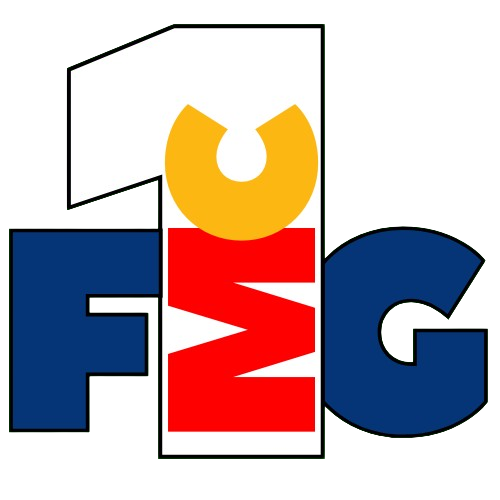Local FMCG Brands Gain Ground with Strong ₹1,000 Crore Performance
Homegrown Fast-Moving Consumer Goods (FMCG) brands are making significant inroads in India’s ₹5.3 lakh crore consumer market, with several regional players surpassing the ₹1,000 crore revenue milestone. These emerging brands are strengthening their foothold in key consumer categories, challenging established multinational and national majors.
Regional Brands Secure Market Share in Key Segments
Brands like Balaji Wafers, Mrs. Bector’s Food, Wings Group, and Bharat Masala have witnessed strong performance, driven by expanding distribution networks, strategic product innovations, and competitive pricing. While multinational giants such as Hindustan Unilever (HUL) and Nestlé still dominate, local players are successfully filling category-specific gaps with products tailored to consumer preferences.
Understanding the Growth Drivers
The rise of local FMCG brands is fueled by shifting consumer behavior, increased preference for regional flavors, and aggressive expansion strategies. Direct-to-consumer (D2C) channels, tier 2 and tier 3 market penetration, and efficient brand positioning have played a pivotal role in driving growth.
For instance, Balaji Wafers has carved out a significant share in the snacks category, competing with larger players like PepsiCo’s Lay’s. Similarly, Bharat Masala has capitalized on regional tastes in the spices market, catering to the rising demand for localized flavors.
Implications for Established FMCG Majors
The sustained momentum of domestic brands presents a growing challenge for multinational firms. As regional brands forge deeper connections with customers and expand their distribution networks, established FMCG giants may need to rethink pricing strategies, product localization, and marketing approaches to maintain their market dominion.
Analysts suggest that multinational and national brands could face increased competition in select categories where regional brands have built customer loyalty. While some large companies may opt for acquisitions, others could focus on expanding their premium offerings to differentiate themselves.
Future Outlook
The fast-expanding middle class, digital retail channels, and evolving consumer preferences indicate that India’s FMCG market will continue to see heightened competition. As homegrown brands strengthen their value propositions and scale operations, established companies must adapt to retain market leadership.

